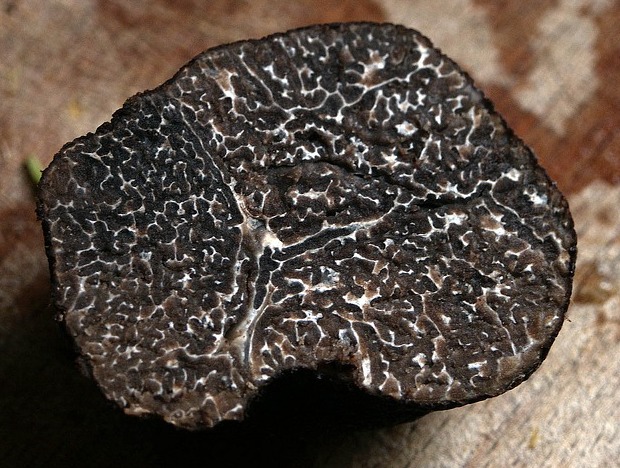 Author: Felix Tong
Author: Felix Tong
Covestor model: Long Term Core Holdings
One story I have been following closely the past few months is Diamond Foods (DMND). Diamond Foods is a packaged food company headquartered in San Francisco, CA. Their brands include Kettle Chips, Emerald snack nuts, Pop Secret popcorn and Diamond nuts. Diamond Foods perked my interest in the same way Olympus did. (See this report from December 2012.) Diamond Foods has been in the news due to improper accounting of payments made to walnut growers. The stock has gone from a 52 week high of $96.13 to a recent price in the mid $20s.
Diamond Foods is the type of business I prefer to invest in; it is fairly easy to understand how it makes money, and to determine competitive advantages the company may possess. Diamond Foods processes and packages snack foods. Its ability to charge premium prices is based on maintaining strong brand names based on advertising and producing an enjoyable customer experience.
Shelf space in stores tends to be relatively limited. This concept can be best illustrated by the soft drink isle. The vast majority of these products are made by Coca-Cola (KO), Pepsi Cola (PEP) and Dr. Pepper-Snapple (DPS). The remaining space is generally taken up by the store’s own generics. If a new company wants to have its soda stocked, a store must decide which products to reduce shelf space for in order to display the new soda. Since all the existing sodas have strong followings, and the generic sodas have the largest profit margin for the store, it is extremely difficult for a new entrant to gain shelf space. Snack foods have the similar constraints; as long as Diamond Foods’ products maintain strong brand recognition with consumers, its products will continue to take up valuable real estate on store shelves, limiting competition from new entrants.
I keep updated on these businesses by being observant in my everyday life. I ask myself a couple of questions:
– Do I see Diamond Foods ads on television, on the radio, in the newspaper and on the internet?
– When I go to a grocery store, convenience store, or deli do I see people picking up the snacks that Diamond Foods makes (are they readily available)?
The answer to both these questions is yes. I like to hold companies of the long term, and only sell when a company’s competitive advantage is shrinking. For Diamond Foods, this scenario would be so if I began seeing less shelf space being dedicated to its products, or for merchants to stop carrying their products.
For these reasons I feel, I decided to investigate Diamond Foods further.
Opening up the latest 10K, I immediately saw a giant red flag. There is outstanding long term debt of $350 million, with a principal payment of $40 million for the upcoming fiscal year (Note 7 to the Consolidated Financial Statements). This does not include the $161 million currently outstanding from a revolving credit facility. Looking at the Consolidated Financial Statements, Diamond Foods had net income of $50.2 million, but as stated earlier there are accounting irregularities regarding payments made to walnut growers. Diamond Foods released a press release testifying that $60 million of payments made in September 2011 were not properly accounted for in the correct periods.
Assuming that all $60 million in expenses were left off the financial statements for fiscal 2011, I added this amount to the expenses, which subsequently dropped the income before taxes to $9.1 million. This is a rough number, only meant to give me an idea how easy it would be for Diamond Foods to pay off its debt obligations. The Balance Sheet shows that as of July 31, 2011 the company had $3.1 million in cash and equivalents.
It seems to me that Diamond Foods must execute its strategy perfectly to pay off its long term debt obligations, of which $40 million of principle is due next year. I hope the new management is up to the task, but I’m going to pass on this stock unless I see some potential improvements in the balance sheet situation.




